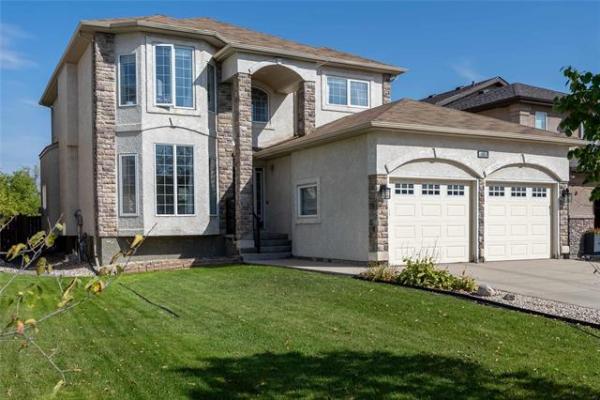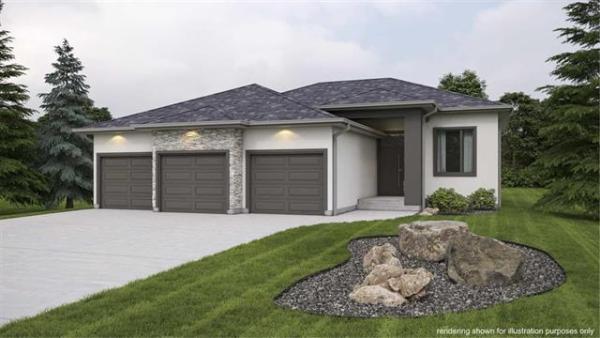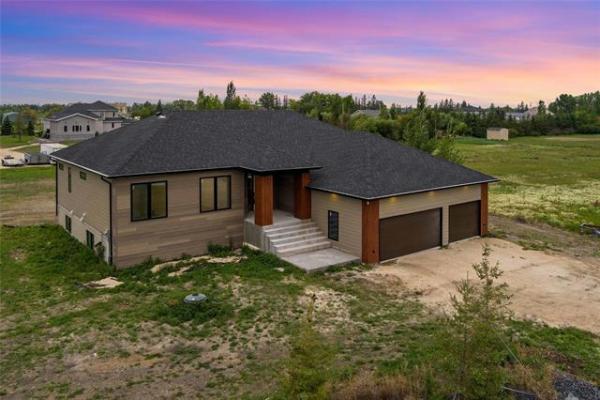QUESTION: I live in a one-and-a-half-storey house located in North River Heights, built in 1927. The house has sunk towards the front of the property. Some of the history I have obtained indicates that at some point a portion of the house was piled. Not surprisingly, there are cracks in the foundation in a number of different locations.
When we moved into the house, we didn't know all of this information, which we have subsequently obtained or have since discovered. In spring 2009 we did a large landscape project which included addressing foundation cracks, waterproofing and installing new weeping tile. Initially the plan was to fix certain areas where we knew we had some moisture in the basement.
During the project we discovered more problem areas than initially anticipated and ended up having every wall of the foundation, except the north driveway wall, fixed with waterproofing and new weeping tile. Disappointingly, the following spring we found that there was moisture in a number of areas that had just been fixed.
The company that did the work came back to try to address part of the problem in one particular area. In this area, they agreed to install an interior weeping-tile line beside the footing, with a bubble pack over top of the footing, and then completed it by reapplying concrete to the area, at no charge.
For the most part, this area is dry, but other areas are not. In order to fix the other areas I have been advised that I will have to spend thousands of dollars more to have other interior weeping tiles installed.
If the waterproofing and new weeping tile was fixed on the exterior and was done properly, should I have to spend more money to install interior weeping-tile lines everywhere that we are having signs of moisture at the cove joint? I know that the company didn't run the bitumen membrane over top of the footing on the exterior, and that some companies do in order to protect water from coming in at the exterior joint between the wall and the footing.
What should I do? Should the company try to fix this problem by re-digging on the outside, inspecting and waterproofing the exterior footing? Should this be covered under their lifetime warranty? Re-digging will also disrupt our lovely landscaping. Who should be covering the cost to reinstate the disrupted area back to its original state, the foundation company or the homeowner?
Your advice and professional opinion would be greatly appreciated. -- Laura Sheps
ANSWER: The answer to your main question is simple. If you paid a professional contractor to repair your foundation to prevent moisture intrusion -- properly, by exterior excavation -- it should be fixed in the areas where they completed the work. If they gave you a warranty against seepage, that should be even more reason they should complete the job properly.
The real question in my mind is "What did they do wrong in the repair?" There are dozens and perhaps hundreds of homes in our area that have foundation repairs done by exterior excavation each year, and most of them are very successful in preventing basement leakage.
Even if your contractor did not seal the joint between the footing and the foundation wall, replacement of the old, useless weeping tile with modern plastic drainage piping should collect enough excess soil moisture to prevent seepage. When repairs of this type are done, the exterior backfilling should be primarily drainage stone, which also helps prevent moisture intrusion through hydrostatic pressure common with clay soil. I suspect that the company not only did not seal the footing properly, but may have botched the weeping-tile installation in some manner.
The first thing to check is whether the contractor flushed out or inspected the old weeping tile under your basement floor slab. These tile tubes should channel the water collected at the exterior tile to the catch basin below the floor drain. If these old tiles were plugged, damaged or have lost their slope, they may not work properly. A proper connection must also be made outside the footing between the new plastic drainage piping and these old tile drains.
If either of these items were overlooked or neglected, water could still come into your basement through floor cracks or near the footing. I suspect that this is the root-cause of the defect because installation of interior weeping tiles may collect this water after it has passed below or through the footing, preventing it from seeping onto your floor.
The way to ensure that the weeping tiles below your floor slab are operational is to contact a rooter technician to use a snake camera to inspect them. This can be accomplished by inserting the snake into the catch basin and fishing it through the old tubes until they meet the new piping.
If the camera detects blockages, or cannot be easily threaded up the old passages, then there is a problem below the floor slab. The solution is to cut sections of your basement floor slab and remove and replace the old clay tubes with new drainage pipes. This should not be any more disruptive than installing interior weeping tiles, which are a poor way of fixing a seepage problem because they collect the water after it has already penetrated the foundation.
If the old weeping tiles pass the snake camera test, then there is obviously a defect in the repairs outside the foundation walls. In that case, exterior excavation is again warranted.
In my opinion, if the foundation contractor you hired did a crappy job, and water is still leaking into your basement, they should fix it to your satisfaction. While I'm not a big fan of warranties -- mostly because they are primarily advertising gimmicks -- if the company warranted that their repairs would stop seepage, they should honour it. If you have water in your basement after the job is bought and paid for, they should fix it at their expense, whatever the manner or inconvenience.
If you get no satisfaction from them, take your invoice and the "lifetime warranty" papers to a lawyer.
Ari Marantz is the owner of Trained Eye Home Inspection Ltd. and the president of the Canadian Association of Home & Property Inspectors - Manitoba (www.cahpi.mb.ca). Questions can be emailed to the address below. Ari can be reached at (204) 291-5358 or check out his website at www.trainedeye.ca.
trainedeye@iname.com



